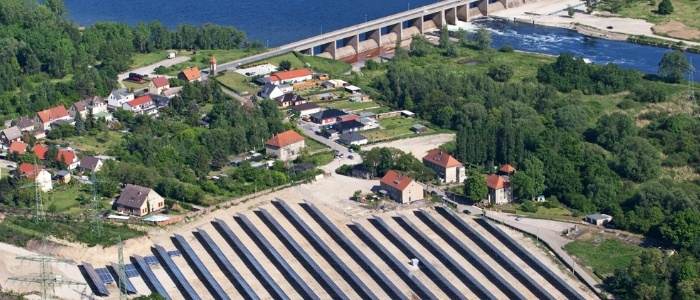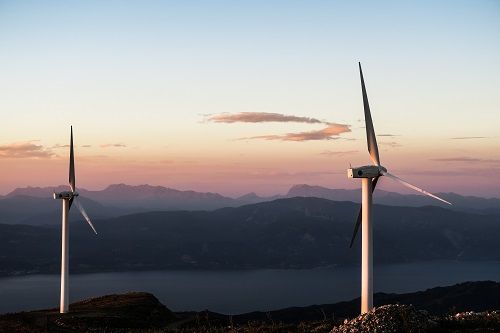A commentary by Markus W. Voigt, CEO of the aream Group
Renewable energies have been built up with great financial and political support. Over the years, several hundred billion euros have flowed in through the EEG levy alone, making green electricity competitive. Now, the rising electricity prices are causing extraordinarily high returns on old, subsidised plants. To be fair, these additional returns should either be used to relieve the burden on consumers or, even better, to further restructure the energy industry. Because this is the "fairest" solution in the long run.
Renewables now cover the greater part of the electricity demand. Environment Minister Jürgen Trittin could hardly have dreamed of this when he launched the 100,000 Roofs Programme in 1999. The subsidies paid at that time and also later are a model of success and have given Germany an enormous boost in the energy turnaround.
But that is no longer necessary today. The production costs for green electricity have fallen, and today's plants are profitable even without subsidies. For investors, projects can be developed without any feed-in tariffs or other assistance, and they have a return in line with the market. And: Those who take risks should also be rewarded for it.
However, the sharp increase in electricity prices has now caused the profits of the subsidised old plants to rise beyond measure. Moreover, this leads to the situation that the profits can continue to rise indefinitely. However, should electricity prices fall again and drop below the subsidy amount, the old plants will still earn - then again at the expense of the state.
In the case of older plants that are still subsidised, it would only be fair to use at least part of the unexpected profits to pay back the subsidy, so to speak. This is how it is done in Italy or Portugal, for example, where the profit generated by subsidised plants is capped. However, it would be much better and more forward-looking to use the now strongly bubbling sources of money to expand the promotion of renewable energies - and to do so in areas that are still far from profitability.
Storage, grids, hydrogen, new technologies, increasing efficiency: there is still a lot to do before renewable energies can finally replace fossil fuels. Money is needed for this. Money also for subsidies that - as with renewables - are worthwhile in the long run and lead to a competitive future. These subsidies could very easily flow from the additional crisis-related profits of the subsidised old plants and attract more investors into these areas. In addition: the topic of sustainability does not only include building and operating projects to avoid climate damage. Social aspects are also part of good corporate governance and must be taken into account. Sharing the unexpected additional income would be a very good way to do this.
PRESSEKONTAKT:
Leandra Kiebach
T: +49 (0)211 30 20 60 4-2
E: lk@aream.de


